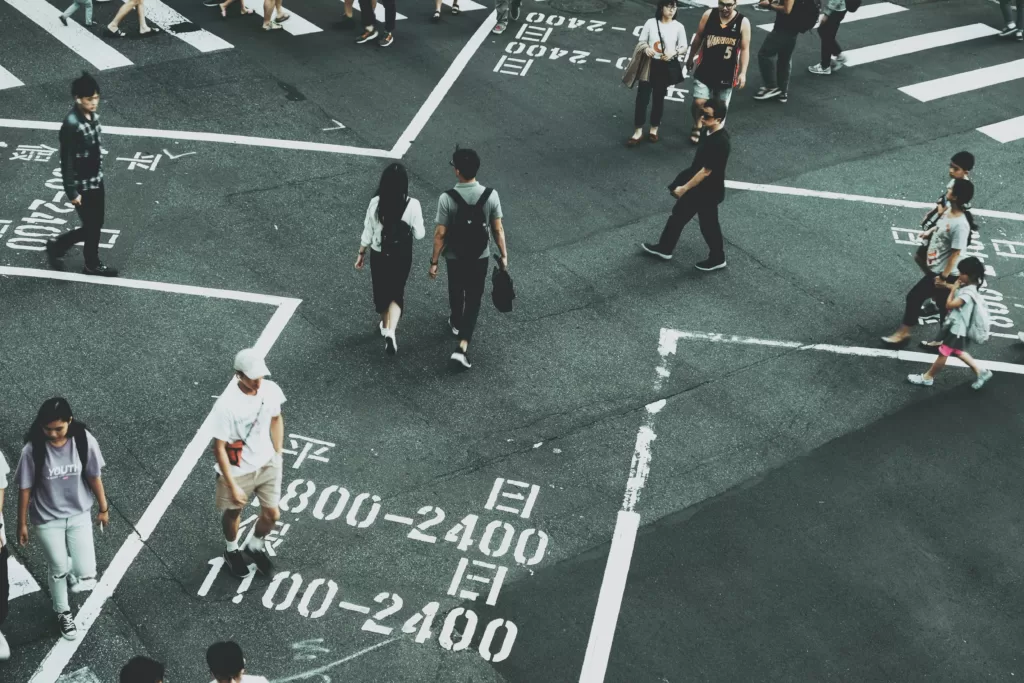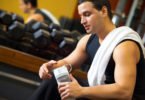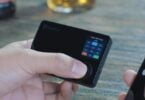Florida is well-known for its beaches and year-round sunny weather. While hurricanes are a summer threat, the weather is almost always ideal in the Sunshine State. Unfortunately, the state is also becoming infamous for its high number of accidents involving pedestrians.
In Palm County, pedestrian fatalities increased by 10% in one year. Over 25% of fatalities in traffic accidents involve either a pedestrian or bicyclist.
Most Common Causes of Pedestrian Accidents
When you first think of a pedestrian, I bet someone strolling around on foot typically comes to mind.
However, the term pedestrian is rather broad. Joggers, runners, cyclists, roller skaters, skateboarders, and people on Segway are all considered pedestrians. Yes, Florida still has Segway riders even though the two-wheelers are losing some of their popularity.
Even though pedestrian accidents can happen anywhere, areas by the beach and tourist attractions typically see a majority of these incidents. Some of the common causes of pedestrian accidents include:
- Failing to come to a complete stop at an intersection
- Reckless and aggressive driving
- Speeding, especially in heavily populated areas
- Driving under the influence of drugs and/or alcohol
- Passing a stopped school bus
Pedestrians can also be the primary cause of an accident. Not all pedestrians pay attention to their surroundings when they’re out and about. Some pedestrians presume all drivers will follow Florida’s traffic laws. For example, giving pedestrians the right of way in an intersection.
Tips on Staying Safe as a Pedestrian
Yes, Florida is one of the worst states in the country when it comes to general pedestrian safety. However, this doesn’t mean you’re going to be involved in an accident every time you decide to go for a walk or bike ride, so go ahead and hop on your Segway or take that afternoon stroll to the beach.
To stay safe, there are some ways you can minimize your risk of being in an accident, including:
- Wear light or reflective clothing when out at night. When the sun sets, it’s a great time to go for a walk or bike ride. The temperature is comfortable, and you may even be able to feel a slight breeze off of the water. Don’t forget, drivers are also out at night and may have trouble seeing you. Wearing light-colored or reflective clothing can help make you more visible.
- Another good idea is to carry a light. The goal is to make yourself as visible as possible. During the day, wear bright colors so you stand out. Sometimes, the best way to catch a motorist’s attention is by wearing bright colors like hot pink and neon green.
- Never take the right of way for granted. Yes, pedestrians have the right of way in crosswalks. Most drivers are also aware of this traffic law, but they’re not always paying attention.
- Don’t wander out into the crosswalk or an intersection without checking in all directions for oncoming traffic. If there’s a car waiting to go, try to make eye contact with the driver. This is a great way to help ensure they know you’re getting ready to cross in front of their vehicle.
- Don’t dart out between vehicles. Sometimes, the crosswalk is further away from where you want to cross the street. You may think there’s no harm in crossing between passing vehicles. After all, you can always pick up your pace if a vehicle is approaching at a fast rate of speed, but this is never a good idea. You may not be able to see all incoming vehicles, and drivers may not be able to stop in time to avoid hitting you. Taking a few extra steps to the crosswalk is an effective way to prevent becoming an accident statistic.
- At the crosswalk, always follow the traffic light signal, which means yielding to yellow and waiting for the light to turn green.
Often, the best way of avoiding an accident is to take your time, use common sense, and obey all traffic laws.
Steps to Take If You’re Involved in a Pedestrian Accident
Unfortunately, pedestrian accidents typically result in serious injuries. Some injuries can even be life-threatening. Under Florida law, if you’re injured in a pedestrian accident, you may be able to file a personal injury lawsuit. However, Florida is also a no-fault state, and this can affect your injury claim.
A no-fault law basically means you may be able to receive compensation even if you’re partially responsible for the accident. You can file a personal injury claim as long as you’re not found to be more than 50% to blame, and you’ll also need to prove your injuries are severe. In other words, if your injuries only consist of skinned knees and elbows, you’re probably not eligible for compensation.
If you plan on going ahead with a personal injury claim, there are a few steps you can take to help support your case:
- Contact the authorities and report the accident: You’ll need a copy of the accident report to support your injury claim. If you don’t report the accident, the insurance provider can say your injuries occurred elsewhere, and the accident didn’t happen. Unfortunately, your word isn’t going to be enough to support your accident claim.
- Seek immediate medical attention: You’ll need your medical records to support your injury claim. The insurance provider will require documentation in the form of medical records. Don’t throw any receipts away, even ones for prescribed medications. You never know what your insurance provider may ask you to submit.
- Document the accident scene if possible: Don’t go overboard and start wrapping crime scene tape around the accident scene. Instead, document your injuries, take some pictures of the area with your smartphone, and get contact information from any witnesses.
Go ahead and contact your insurance provider since this will help get the ball rolling on your injury claim. However, don’t accept a settlement offer until you consult with an accident attorney.
You May Be Eligible for Compensation for Your Pedestrian Accident
If you suffer injuries as a pedestrian in an accident, it’s important to consider contacting a personal injury attorney. An attorney can evaluate your case and determine if you are eligible for compensation, which can help cover various types of damages, such as medical expenses, lost wages, and other impacts on your life due to the injury.
A skilled attorney can provide the necessary guidance and representation to navigate the legal process, helping ensure you receive the fair compensation you deserve for the harm suffered.








Leave a Comment
You must be logged in to post a comment.